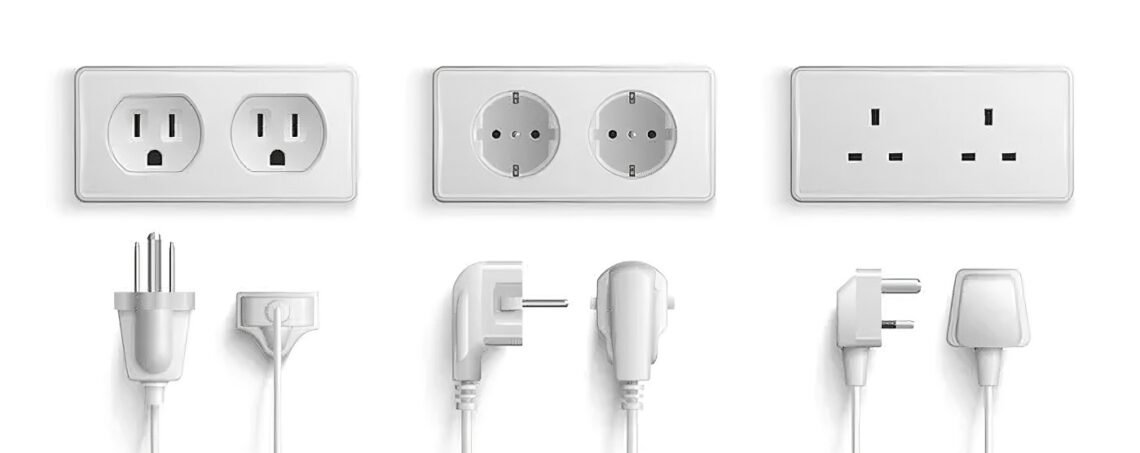In the era of smart buildings, IoT devices, and automation, digital infrastructure has become the silent force behind how we work, live, and interact with technology. At the core of this transformation lies a critical yet often overlooked component—modern signal systems. These systems, which fall under the category of low current systems, are integral to efficient communication, safety, and energy control within modern infrastructure.
Understanding Modern Signal Systems
Modern signal systems include a broad array of low voltage components responsible for controlling, monitoring, and transmitting signals across various building applications. These systems cover everything from fire alarms, CCTV, access control, public address systems, to structured cabling for data and communication networks. Unlike high-power electrical systems, signal systems focus on the accurate and secure transmission of data rather than power, making them vital for digital reliability and smart integration.
Signal systems are designed to ensure seamless connectivity across facilities while reducing energy consumption and enhancing system control. As technology advances, these systems are increasingly expected to support automation, AI-driven analytics, and interconnected devices—all without compromising on efficiency or security.
The Growing Importance in Infrastructure
The demand for smart and sustainable buildings has significantly increased the reliance on intelligent infrastructure. From hospitals and IT parks to shopping malls and industrial units, efficient signal systems now serve as the nervous system of facilities. They provide critical feedback loops, trigger alarms in emergencies, monitor environmental conditions, and support communications infrastructure.
For example, in high-security environments like airports and data centers, signal systems are used for biometric access, intrusion detection, and real-time video monitoring. Without robust signal pathways, such capabilities would be unreliable or impossible. The integration of these systems allows for automated decision-making, real-time updates, and better incident response.
Benefits of Low Current Systems
Low current systems offer a wide range of advantages in modern infrastructure, making them indispensable in today’s digital age. These include:
- Energy Efficiency: Since these systems operate on low voltage, they consume significantly less power than traditional electrical systems.
- Cost-Effective Installation: Wiring and maintenance costs are often lower due to minimal energy requirements and the compact nature of the components.
- Enhanced Safety: Reduced voltage minimizes the risk of electrical hazards, making the environment safer for occupants and maintenance personnel.
- Scalability and Flexibility: As technology evolves, signal systems can be upgraded or reconfigured with minimal disruption.
- Improved Communication: They enable seamless integration between various systems, ensuring unified building management.
These benefits explain why many forward-thinking organizations invest in Low Current System In India to strengthen their infrastructure’s efficiency and resilience.
Key Components of Signal Systems
To understand the depth and reliability of signal systems, one must look into their major components:
- Structured Cabling: The foundation of all data transmission within buildings. Structured cabling supports voice, video, and data communication systems and is essential for scalability.
- Fire Alarm Systems: These systems detect and warn occupants about fire hazards, providing early alerts to prevent property damage and loss of life.
- CCTV Surveillance: Security systems that monitor activities in real-time and provide footage for future investigations.
- Access Control Systems: These regulate entry and exit, often through RFID, biometrics, or smart card technology.
- Public Address Systems: Used for real-time announcements in large facilities or during emergencies.
Each of these components plays a role in ensuring that the building functions smoothly and securely, emphasizing the need for expert planning and execution.
Choosing the Right Partner
Implementing these systems requires deep technical knowledge, precision in execution, and a strategic approach to integration. Partnering with a trusted service provider ensures that your infrastructure is future-ready, scalable, and robust.
For those looking to integrate or upgrade their signal systems, it is essential to collaborate with the Top Electrical Solution Company in Rajasthan. With a proven track record in handling complex infrastructure projects, they ensure your low current systems are designed to meet current and future needs.
One such reputed name in this space is Manikaran Enterprises, known for delivering excellence in electrical planning and commissioning services across diverse sectors. Their experience in deploying modern signal systems positions them as a reliable partner for any infrastructure project aiming for digital transformation.
The Future of Signal Systems
As smart cities continue to expand and the demand for digital connectivity grows, signal systems will play an even more critical role. Emerging technologies such as AI, IoT, and 5G will further depend on low current systems to handle high-speed data transmission with accuracy and minimal latency.
In the near future, we can expect even more automation and centralized management of building services, from lighting and HVAC to security and communication—all interconnected through efficient signal systems. This not only enhances operational efficiency but also promotes sustainability, user comfort, and safety.
Conclusion
Modern signal systems are more than just supportive components—they are the backbone of today’s digital infrastructure. As the demand for smarter, safer, and more efficient buildings grows, the integration of low current systems becomes a non-negotiable element of infrastructure planning. With expert partners like Manikaran Enterprises and reliable services from the Top Electrical Solution Company in Rajasthan, businesses and developers can ensure that their buildings are ready to meet the future with confidence.
Investing in signal systems today is not just a step toward modernization—it’s a strategic move to future-proof your operations.





